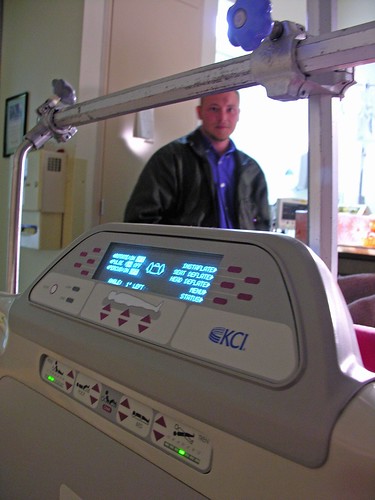
New Scientist Tech: "Robots that artificially evolve ways to communicate with one another have been demonstrated by Swiss researchers. The experiments suggest that simulated evolution could be a useful tool for those designing of swarms of robots.
Roboticists Dario Floreano, Sara Mitri, and Stéphane Magnenat at the Swiss Federal Institute of Technology in Lausanne collaborated with biologist Laurent Keller from the University of Lausanne.
They first evolved colonies of robots in software then tested different strategies on real bots. Both simulated and real robots were set loose in an arena containing two types of objects – one classified as 'food' and another designated 'poison' – both lit up red.
In each experiment, five hundred generations were evolved this way, under different selective pressures. "Under some conditions, sophisticated communication evolved," says Keller. "We saw colonies that used their lights to signal when they found food and others that used signals to communicate they had found poison."

